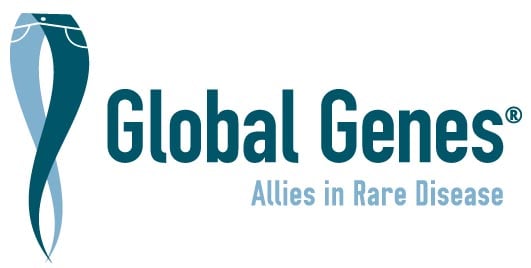Facial onset sensory and motor neuronopathy
Synonyms: FOSMN syndrome
Facial onset sensory and motor neuronopathy is characterised initially by paraesthesia and numbness in the region of the trigeminal nerve distribution which later progresses to involve the scalp neck upper trunk and upper limbs. Onset of motor manifestations occurs later with cramps fasciculations dysphagia dysarthria muscle weakness and atrophy. This syndrome has been described in four males and appears to be a slowly progressive neurodegenerative disease.
Data from Orphanet are used to provide information on a disease's name, synonym(s), and overview.
Reference: Access aggregated data from Orphanet at Orphadata.
Orphadata: Free access data from Orphanet. © INSERM 1999. Available on http://www.orphadata.org. Data version April 2024
Newly diagnosed with
Facial onset sensory and motor neuronopathy?
Our RARE Concierge Services Guides are available to assist you by providing information, resources and connections as you navigate your rare disease journey.
Advocacy Organizations
COMBINEDBrain Inc
COMBINEDBrain is a consortium for outcome measures and biomarkers for neurodevelopmental disorders. We are collaborating to cure rare, non-verbal brain disorders.
Genetic Support Network of Victoria
The Genetic Support Network of Victoria is an organisation that supports people living with genetic, undiagnosed and rare conditions and those who support them including community and families, patient support organisations, health professionals and industry. Our vision is our community flourishing and living their best lives.
KIF1A.ORG
KIF1A.ORG is a global community dedicated to improving the lives of those affected by KIF1A Associated Neurological Disorder (KAND) and accelerating research to find a cure.
Moonshots for Unicorns
Curing single-gene disorders
Project CASK
To fund research for treatment and/or a cure for CASK Gene Disorder
Syndromes Without A Name (SWAN) Australia
Provide information, support and advocacy to families caring for a child with an undiagnosed or rare genetic condition.
Clinical Trials
For a list of clinical trials in this disease area, please click here.
